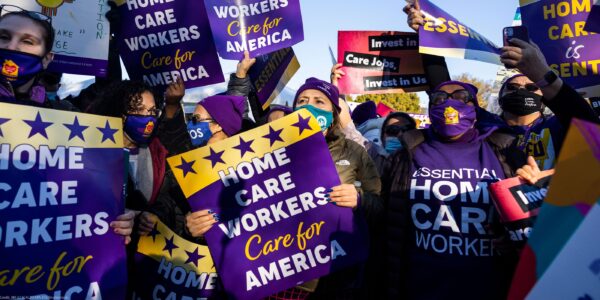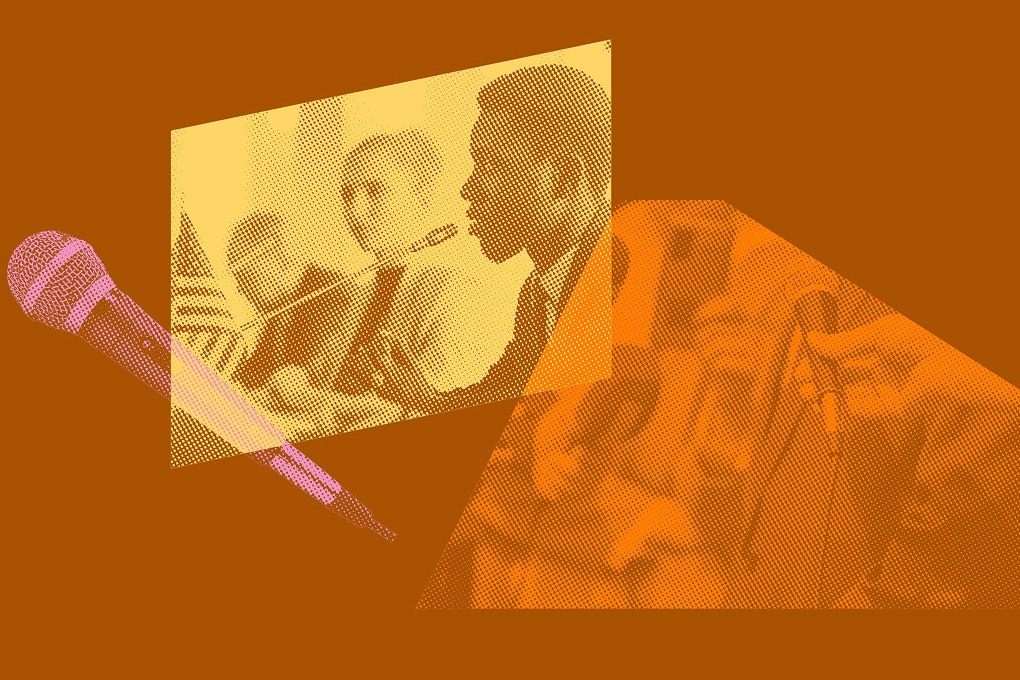How the Clarence Thomas Confirmation Hearings Changed How America Talks About Sexual Harassment


This conversation originally appeared at Slate.
On Saturday, HBO will premiere the film "Confirmation" starring Kerry Washington as Anita Hill and Wendell Pierce as then-judge, now–Supreme Court Justice Clarence Thomas. The movie recreates the three days of Supreme Court confirmation hearings that riveted the country in October 1991, launching a national conversation about sexual harassment in the workplace and helping to lead to a watershed year for women in elected office. Twenty-five years later, these hearings still resonate as one of the greatest political, sexual, and racial dramas in modern history. Slate senior legal correspondent Dahlia Lithwick recently spoke with Gillian Thomas, a senior staff attorney with the ACLU Women’s Rights Project and author of Because of Sex, about Confirmation. (The two writers were also college roommates, graduating in 1990.)
An edited transcript of their exchange is below.
Gillian: When Anita Hill appeared before the Senate Judiciary Committee, we were just a year and a half out of college. I had heard the term sexual harassment and knew vaguely that it was against the law, but I hadn’t had much experience in the workplace, and I hadn’t started law school yet. I think the closest I had come to seeing harassment in action was Dabney Coleman in 9 to 5. Which, as we all know, has a happy ending—in that it does not have a happy ending for Dabney Coleman—so it hadn’t taught me much about how harassment plays out in real life.
But even by then, I’d experienced enough sexism that I instinctively believed Hill. And I recall my reaction when I read Sen. Arlen Specter’s explanation for why he hadn’t been troubled by the allegations: because Hill didn’t claim that Thomas had ever touched her or “intimidated” her. I was enraged by Specter’s setting the bar that high. It was one of so many examples of the committee’s cavalier attitude toward harassment.
That attitude was especially galling when you consider that the Hill hearings happened five years after the Supreme Court had found sexual harassment to be illegal, in 1986’s Meritor Savings Bank v. Vinson. Contrary to Specter’s suggestion, the court didn’t limit unlawful harassment to physical advances or to threats to fire the victim if she didn’t comply. The conduct only had to be “unwelcome” and sufficiently “severe or pervasive” to “create an abusive working environment.” The really ironic bit was that the court was endorsing the position of the Equal Employment Opportunity Commission, and Thomas was chair of the EEOC when Vinson was decided. But Vinson just didn’t prompt the kind of national dialogue—or national group therapy—that the Hill–Thomas hearings did.
Dahlia: I have to confess that watching Confirmation was as brutalizing as watching the documentary, Anita, was for me two years ago. I interviewed Hill at the time and came away amazed that she is still toiling away on sexual harassment law and still certain that she did the right thing in 1991, despite the fallout for her career and personal life. Like yours, my memories of October 1991 are of being riveted to the TV screen, shaken by the almost preternatural confidence Hill showed under pressure, and my mounting frustration that the men on the Senate Judiciary Committee seemed incapable of understanding what she was talking about, much less supporting her or knowing how to even question her.
In Confirmation, Kerry Washington captures that controlled, reluctant, dignified Hill perfectly. There is a whole heck of a lot of Olivia Pope happening here, but what Washington grasps so firmly is that Hill has no emotional margin in which to maneuver—to evince anger, as Thomas does, will destroy her. As Hill told me when I interviewed her about it, “He had a race, and I had a gender.”
Reading the account in your book of the Vinson case raised several chilling parallels that presaged the Hill testimony. Can you talk a bit more about the case and all the ways Vinson was a harbinger of things to come?
To continue reading this conversation, click here.



